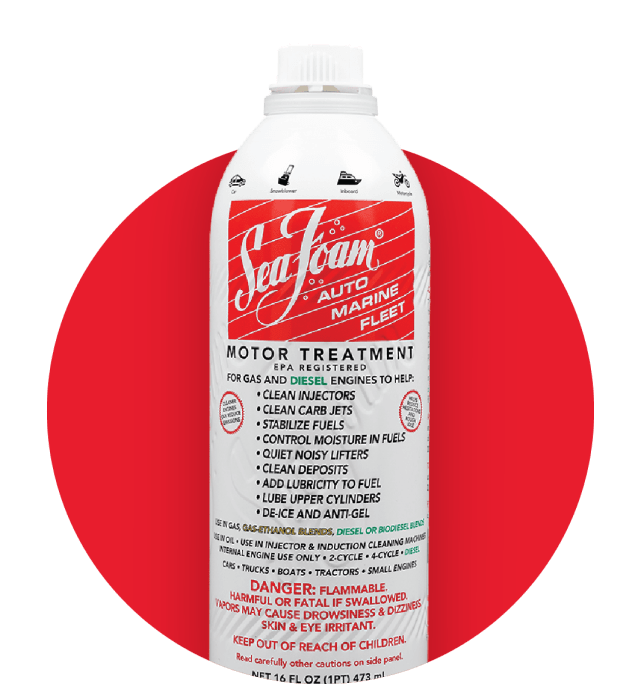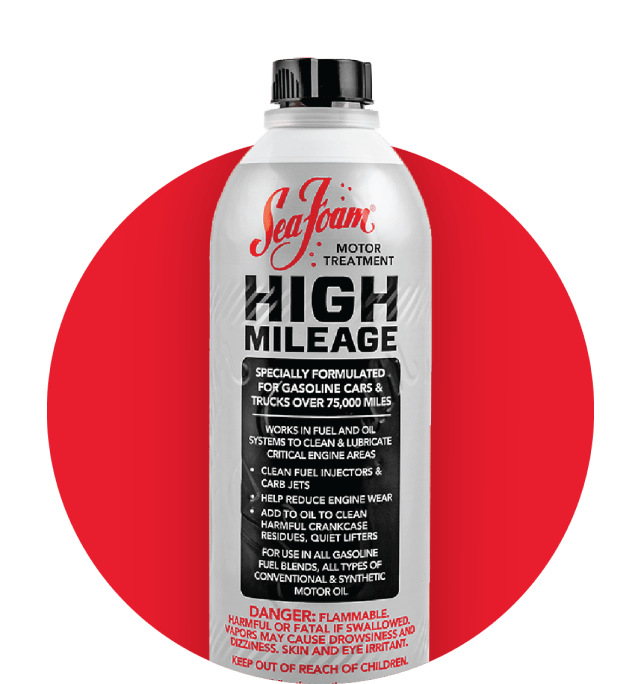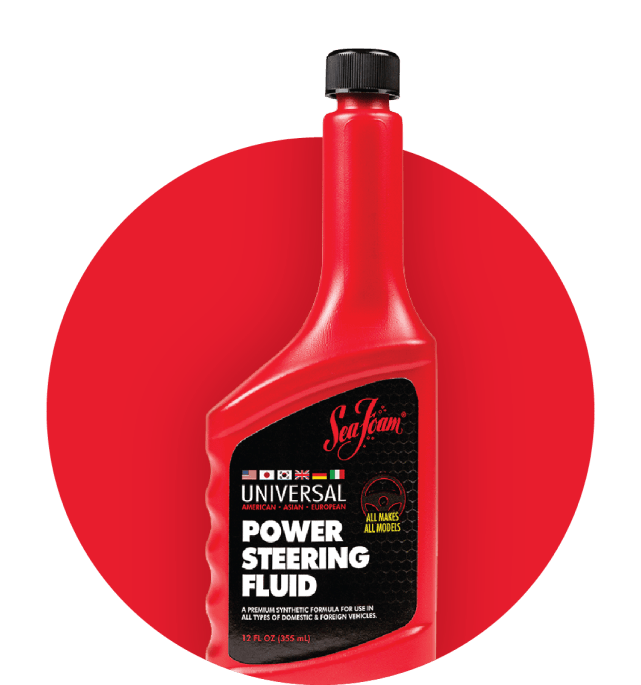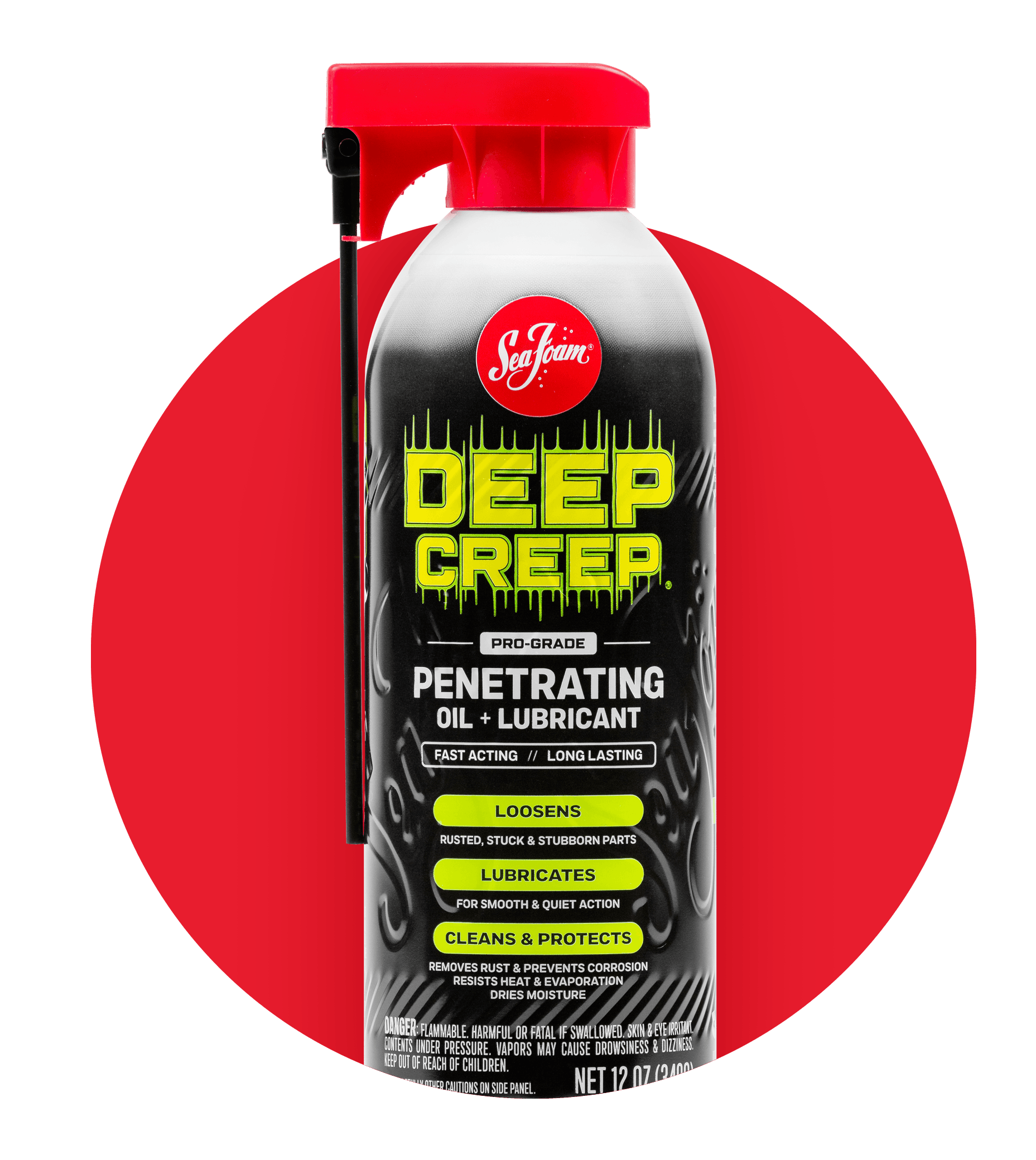HOW TO PREVENT GASOLINE FROM GOING BAD
Gasoline can refer to an almost limitless amount of mixtures of different blends and additives
Temperature variation, moisture, and being outside of a sealed container all speed up how fast gasoline spoils. It can start to lose freshness in less than 30 days.
sea foam MOTOR TREATMENT
If you’re unsure of how old your gas is, you have to use your senses.
What is the color of the fuel? If it has started to turn brownish yellow, that is an indication it is no longer fresh. What does it smell like? If it’s sour-smelling or clearly unlike fresh fuel, it’s probably too old.
If it appears or smells anything different from good gasoline, drain the fuel system. Even if it is not working well in your engine, old gas is still highly flammable and should be handled with caution and transported in a fuel-safe sealed container. This old fuel should be disposed of properly at your local hazardous waste disposal site.
If you’ve had fuel go bad in an engine’s fuel system, you will need to clean the varnish out before refilling. Sea Foam Motor Treatment added to the empty system first will most effectively get into areas most prone to varnish, such as the tight ports in a carb. The recommended ratio is one ounce of Sea Foam per gallon, but it cannot harm any part of your fuel system or engine. The more you use, the better it cleans.
Crank and run the engine a short time, then let it sit so the Sea Foam can reliquefy all that varnish. After sitting overnight, add more gasoline and Sea Foam until you have a properly running engine again.
How sea foam motor treatments prevents fuel problems
Sea Foam Motor Treatment works to prevent the formation of harmful gum and varnish and adds protective lubricity to the entire fuel system during seasonal storage. Sea Foam also preserves ignition vapors and stabilizes fuel up to two years.
#seafoamworks
related
products
For motors of all shapes and sizes.




